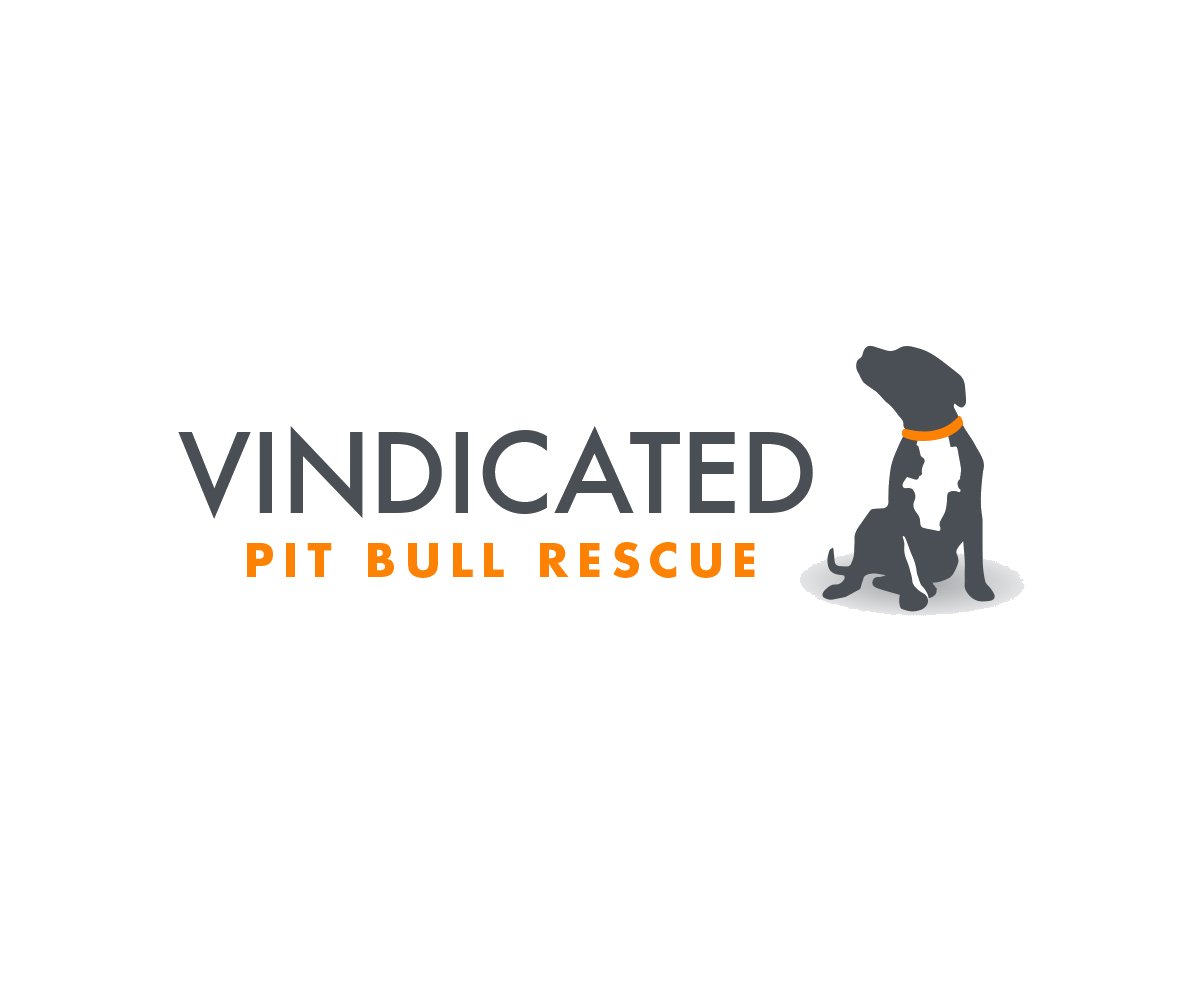Socialization: I Don't Think That Means What You Think It Means
How many times have you been scrolling through your news feed and come across a bio for an adult dog who “needs an owner that will be dedicated to socializing and training” him? I see it in mine every single day. It seems like the shelter or rescue is being transparent about what the dog needs to live his best life, but what if I told you that it’s too late for socialization?
I know, I know. When I first heard that at one of Dr. Pike’s lectures, my head tilt could have rivaled that of any pibble.
The definition of socialization is as follows:
so·cial·i·za·tion : noun -the process of preparing a dog or cat to enjoy interactions and be comfortable with other animals, people, places and activities.
~AVMA.org
Yes. It sounds like what they mean in the bio. But what this definition leaves out is that the window for socialization is between 3 and 12 weeks of life. Some puppies might have until 14-16 weeks to take advantage of that window, but for most, after 12 weeks, that’s it.
This doesn’t mean that there’s no hope for an adult dog who did not get the socialization and exposure he needed to enjoy new environmental and social situations. What it DOES mean is that the methods used to accomplish the results you want are different. And it would be in the best interest of the dog to hire a professional to lead you there.
When we socialize a puppy, we take him to lots of new places, introduce him to lots of new people, and let him interact with other dogs. Those are usually positive experiences and fun for you and your pup. If you do those same things with a dog outside of the 12-16 week socialization window, and your dog is afraid , it’s flooding, and it can make the problem you’re trying to overcome worse instead of better.
For dogs who are fearful or anxious in new situations, desensitization and counter conditioning is the best way to overcome it. It’s crucial to go at your dog’s pace, and it probably won’t be a fast process. Going too fast can undo the progress you make, and that’s frustrating for you as well as upsetting for your dog.
So where should you go for help? Since fear and anxiety are emotional issues, the first step should be a consultation with a veterinary behaviorist. Too often pet parents opt to try to train the problems away, and they spend hundreds or thousands of dollars hiring trainers who promise a cure. By starting with the vet behaviorist, you save yourself time, money, and your dog’s experience will be as pleasant as it can possibly be.
If you take your dog to Animal Behavior Wellness Center, he will have a whole team of people on his side. They will devise a treatment plan just for your dog. They can see you through the process of desensitization and counter conditioning, and they can incorporate medications and/or supplements that will take the edge off of the fear/anxiety so your pup will feel better. They have a lot of tools in their toolbox, and they won’t quit until they find what works for your dog.

